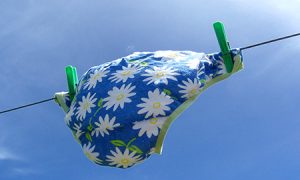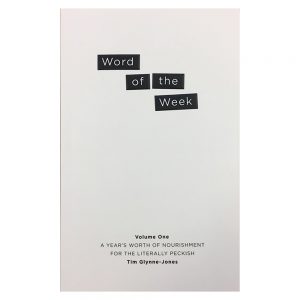
There are three kinds of people in this world: those who can’t spell; those who can’t draw; and those who can’t spell drawer.
This week I’ve been in the market for a chest of drawers. I never thought it would be so hard. Then I discovered that there are two parallel markets out there, and that if I searched for the misspelt ‘chest of draws’ it opened up a whole new world of furniture. I’ve since tried the same trick with lounge sweets, knight ware and herr whacks. Amazing! It’s like discovering life on Mars.
But it does make you wonder what the misspellers think when they see ‘chest of drawers’ listed. Do they interpret that to be a trunk full of knickers? And if so, do they ever bid on it?
I recently had a bet with my friend Bob that I could write a meaningful and grammatically correct sentence containing the word ‘drawers’ four times in less than 10 words. The history of literature is dotted with such gripping wordplay challenges. There is a legendary story, attributed without proof to Ernest Hemingway, that consists of just the one sentence:
For sale, baby shoes, never worn.
A tragedy in six words. Whoever the genius behind it really was, it is held up as the ultimate example of flash fiction. But I would like to offer a challenge in the form of a rhyming couplet my mother used to recite from time to time.
Roars of applause
And down fell her drawers
A comedy in eight words. And, I would argue, more visually evocative. I always assumed this was a well-known witticism among the war generation, a music hall staple, the sort of thing that stoked the nation’s spirits in our darkest hour. But a Google search revealed no mention of it, so I can only assume my mum was the genius creator. Which makes me look at that story she used to rock us to sleep with about an old man trying to catch a fish in a whole new light.
‘Draw’ is a hard-working little word, which evolved from the Old English ‘dragan’, meaning to drag, pull or draw out. From this all the definitions of the noun ‘draw’ evolved: an attraction; a method of choosing entries at random; the removal of a weapon from its holster; a pull of air; a type of golf shot.
All involve pulling or dragging. The art of drawing involves pulling a pencil across the paper; the punishment of drawing involved dragging the victim behind a horse. The one definition of draw that is not so traceable is the contest that ends without a winner. It could have come from ‘withdraw’, as in withdrawing from the contest, or from dragging on, like a fifth set deadlock at Wimbledon, or from drawing a line under it and calling it honours even.
Closely related is the word ‘draught’, or ‘draft’, which has the same parent and similar meanings: a flow of air, a drawing, the drawing of names… The game of draughts is so-called because the pieces are drawn across the board. A ship’s draught is, oh, I don’t know, the depth at which the hull drags along the bottom or something.
In the 16th century, men and women wearing drawers to keep out unwanted draughts played games of draughts that sometimes ended in a draw. And there the dragan family tree starts to get a tad incestuous so a shroud of mystery has been pulled over the whole affair.
Why the drawers you pull up and the drawers you pull out of a chest should have assumed the additional er, while the draw you draw out of a hat and the draw that draws a crowd didn’t, is all part of that mystery. Maybe Susie Dent can help. Just remember this next time you’re dipping your flippers in the shark-infested waters of secondhand furniture. Drawers drawers keep their drawers in are spelt drawers.
Five quid please, Bob.


